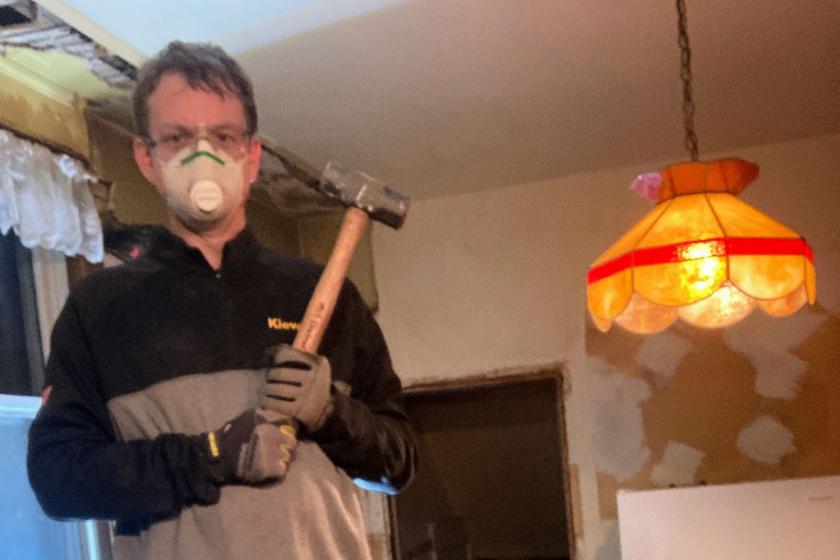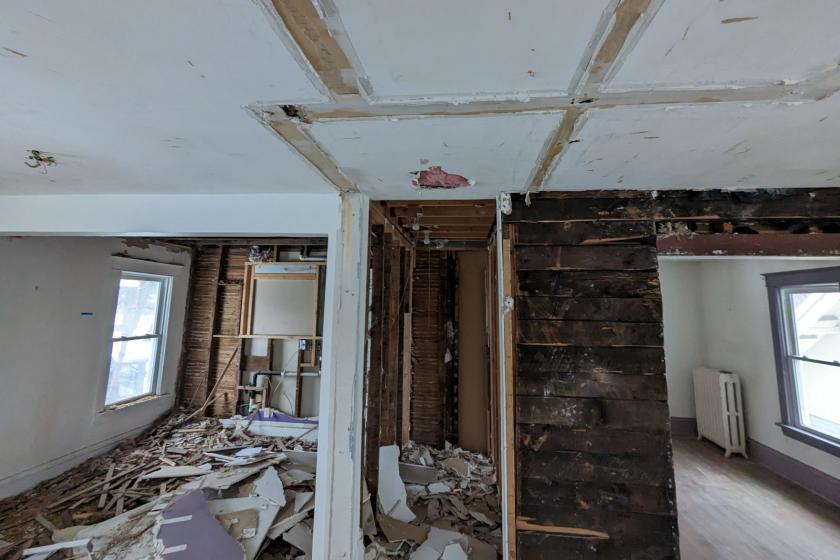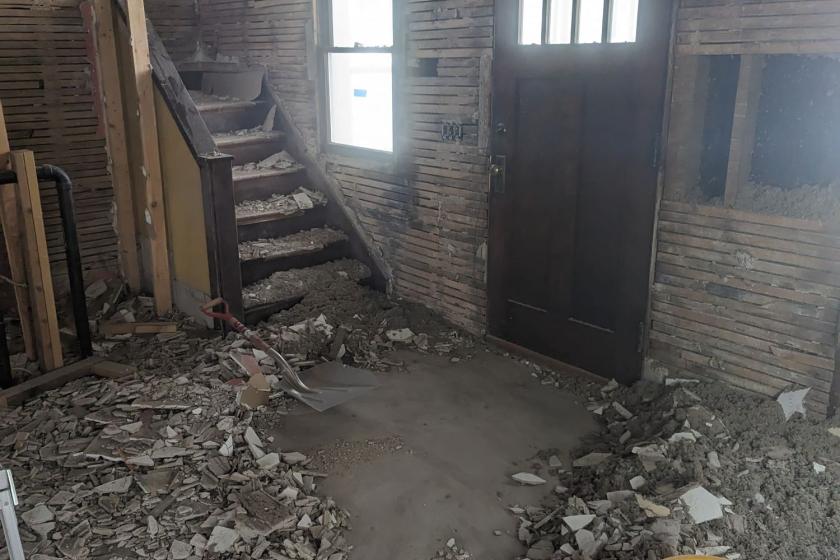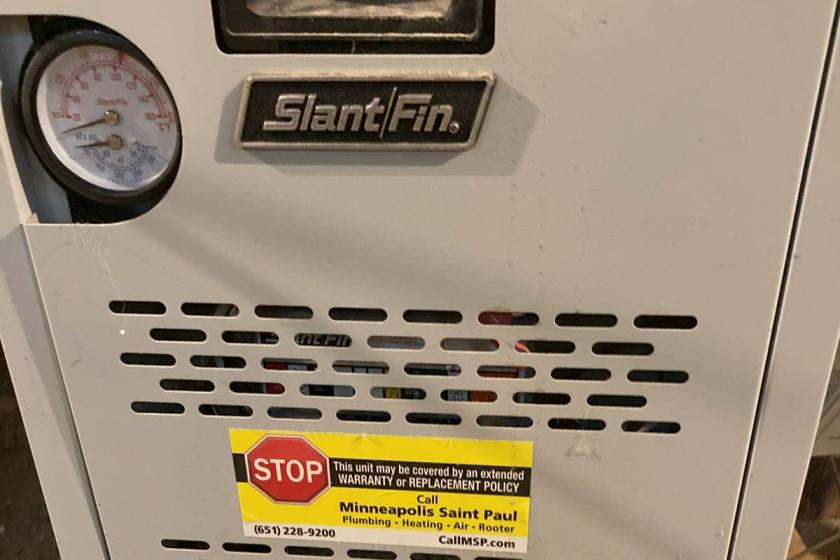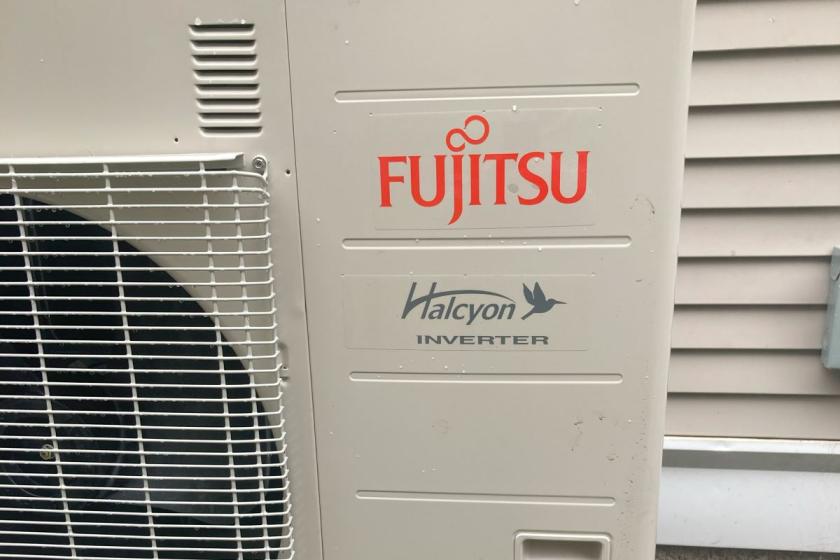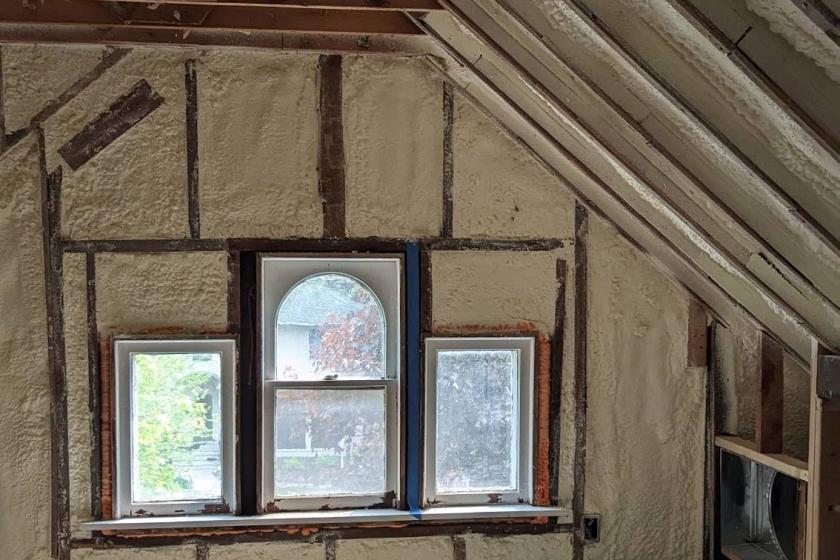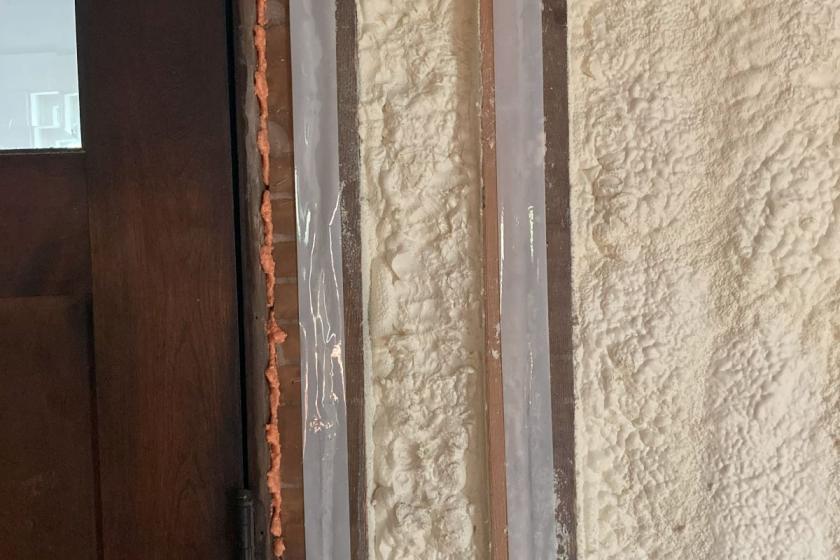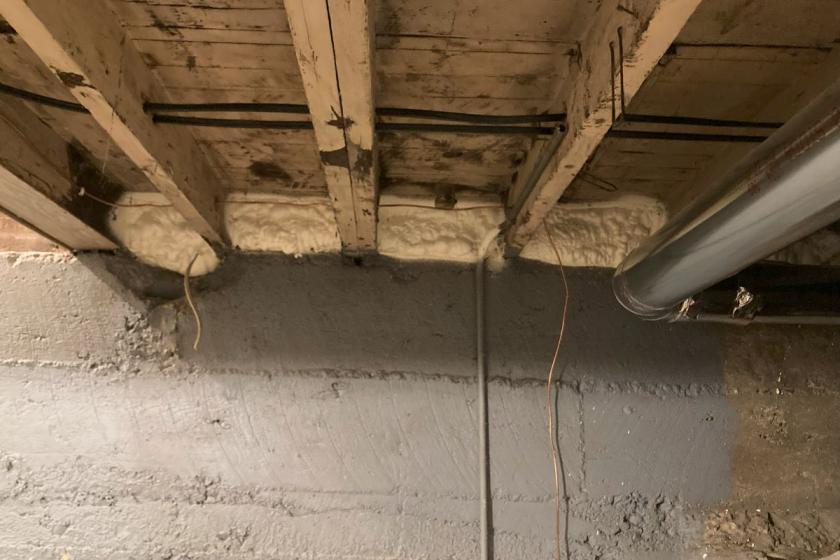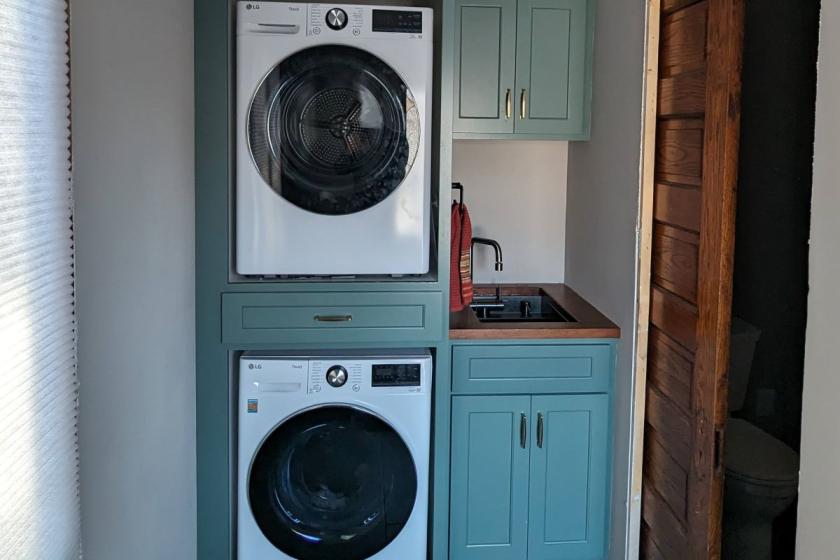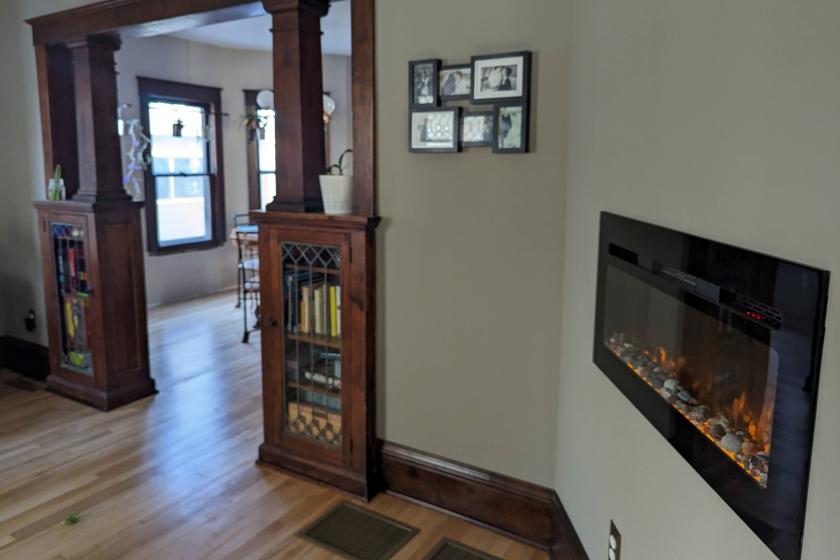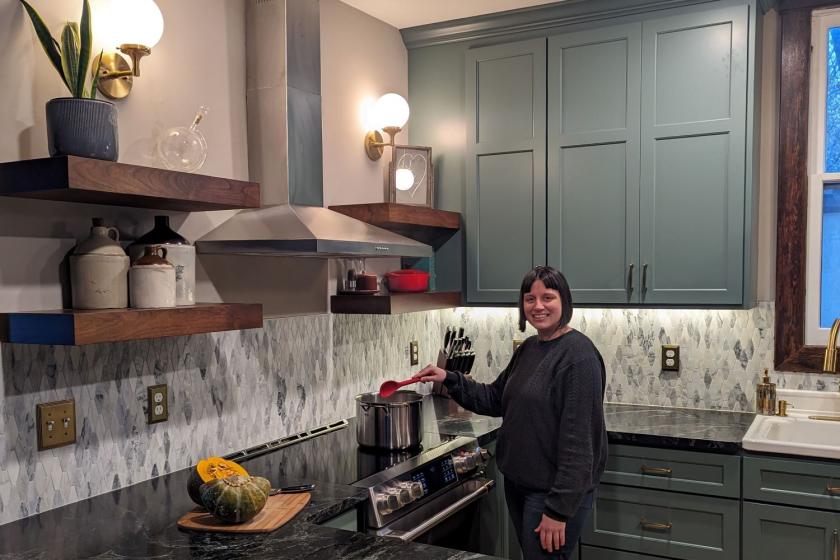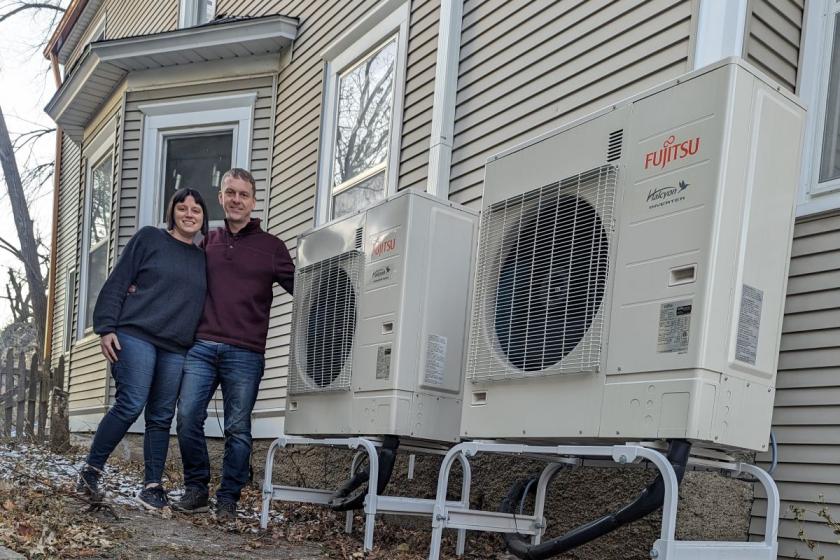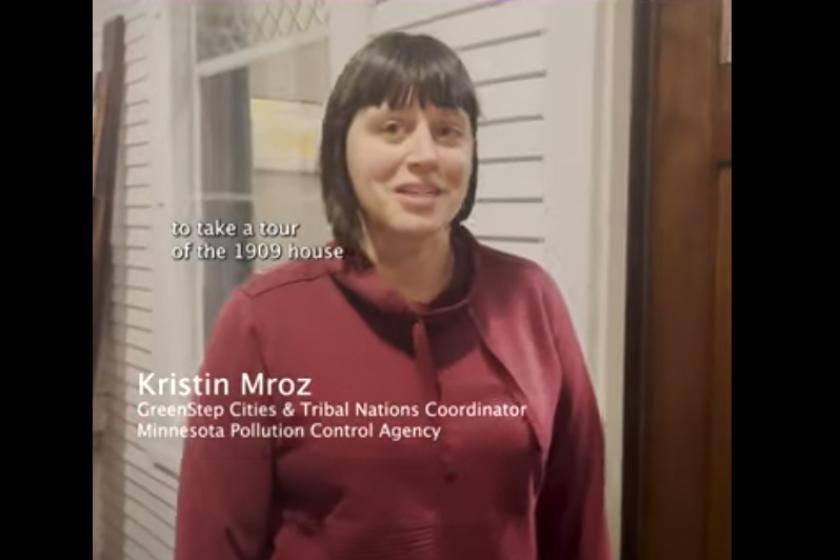The following is a piece by Kristin Mroz Risse. Mroz Risse is the co-director of the Minnesota GreenStep Cities and Tribal Nations program and works at the Minnesota Pollution Control Agency. MN GreenStep is a challenge, assistance, and recognition program for communities working on their sustainability and climate action. She helps connect communities to their peers, technical assistance providers, and other opportunities that can support communities at any part of their journey.
We encourage reuse and republishing of this story. All Clean Energy Resource Teams stories are made available under the Creative Commons Attribution license, meaning you can share and adapt the work as long as you give us credit. We'd also love it if you link back to the original piece. Have questions or want to chat? Drop us a line.

